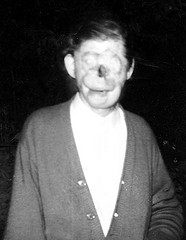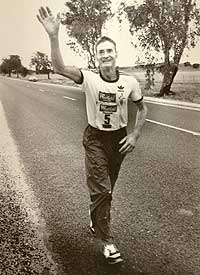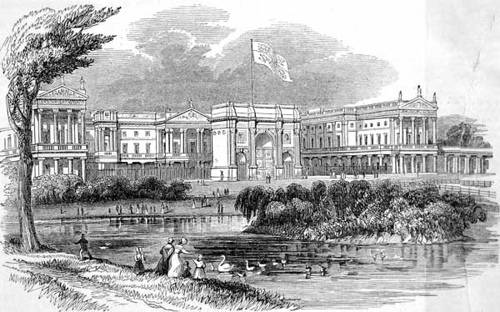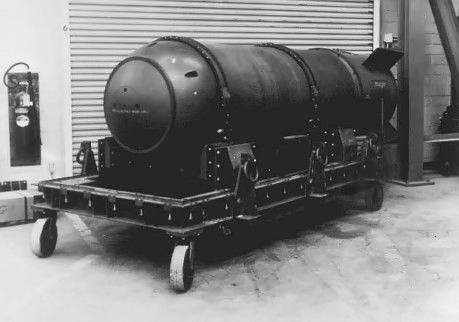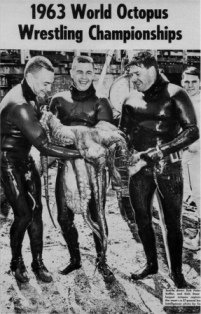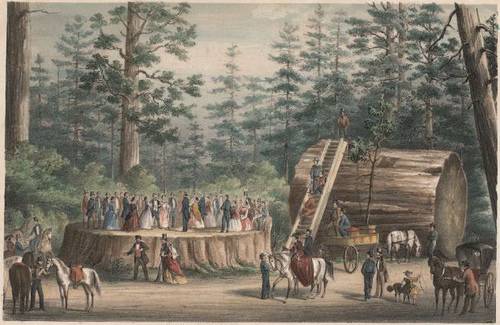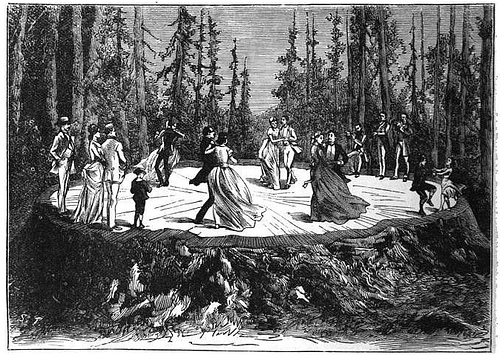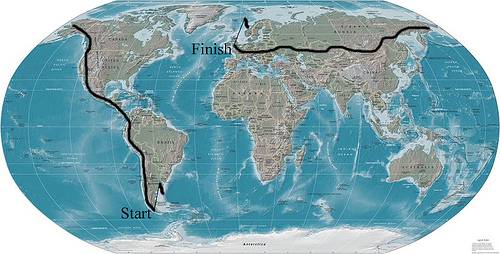In 1774 a deserted ship of an uncouth form was discovered in the arctic region strangely encumbered with ice and snow. … The discoverer was the captain of a Greenland whaling-vessel named Warrens, who, on boarding her, found in one of the cabins … the corpse of a man perfectly preserved by the frost, with the exception of a slight greenish mould which appeared about the eyes and on the forehead. The body was seated in a chair and leaning back, a pen was still in its right hand, and before it was the open logbook, in which the dead man had been writing when he ceased to breathe. The last complete sentence of the unfinished entry ran as follows:–
‘November 11th, 1762. We have now been enclosed in the ice seventeen days. The fire went out yesterday, and our master has been trying ever since to kindle it again, but without success. His wife died this morning. There is no relief.’
… Captain Warrens and his men retired in solemn silence, and on entering the principal cabin found on a bed the dead body of a woman, with all the freshness of seeming life in her attitude and expression; and seated on the floor, holding in his hands the flint and steel, which he seemed to be in the act of striking, the corpse of a young man. Neither provision nor fuel could be anywhere discovered.
— The World of Wonders, 1883

